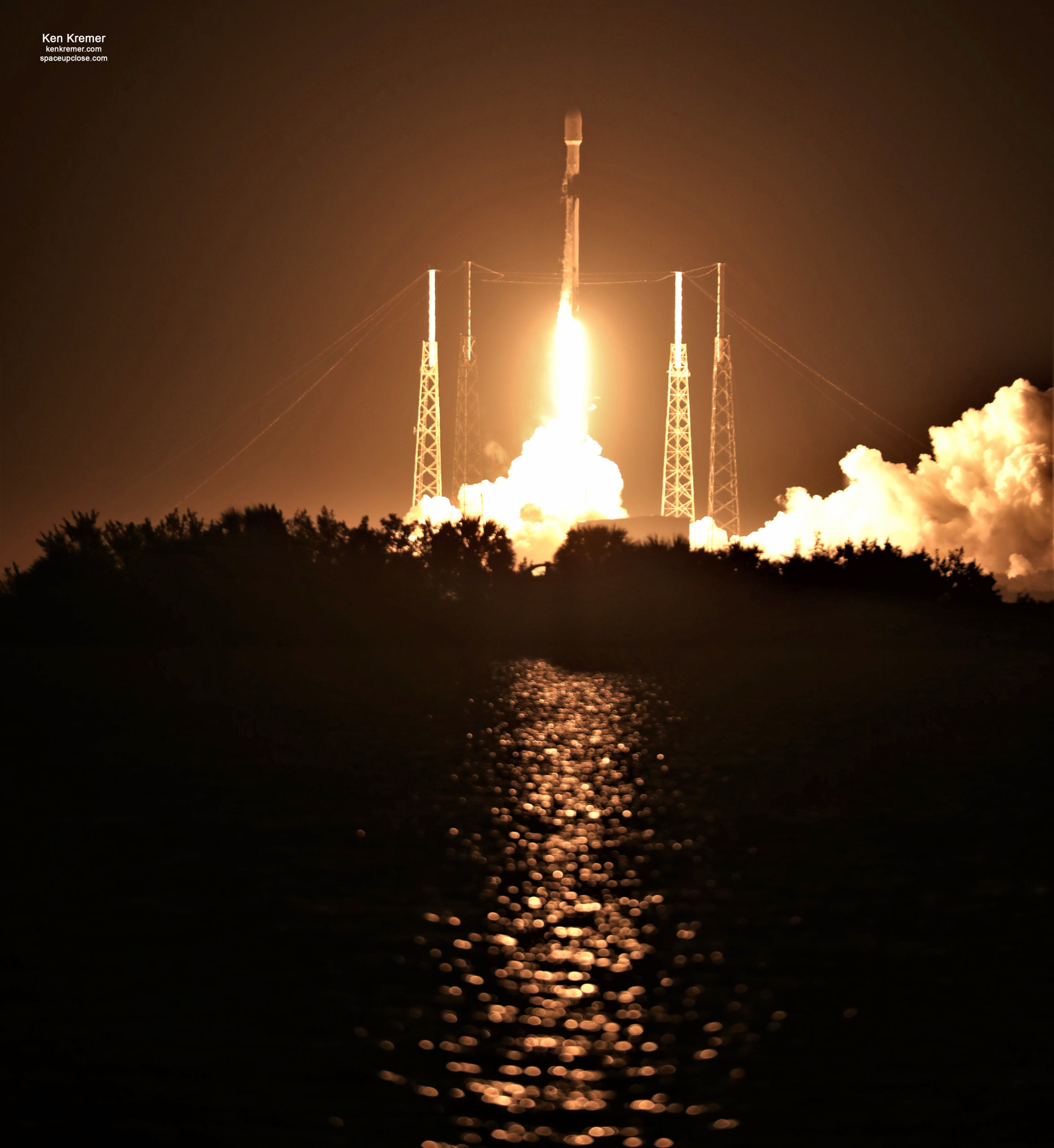
For SpaceUpClose.com & RocketSTEM
CAPE CANAVERAL SPACE FORCE STATION, FL – Another tranche of SpaceX Starlink broadband internet satellites soared to space during the spectacular middle-of-the-night blastoff of a veteran Falcon 9 booster from Florida’s Space Coast overnight this morning March 11 – while the firm maintained a relentlessly rapid launch cadence starting off the new year.
The flawless liftoff into cloud free nighttime skies launch took place right on time at 3:13 a.m. ET using recycled Falcon 9 booster B1058 soaring on its sixth flight from Space Launch Complex-40 on Cape Canaveral Air Force Station, in Florida carrying the next batch of 60 Starlink satellites to low earth orbit during an instantaneous launch window.
Eight and a half minutes later the first stage successfully nailed the soft landing on the on “Just Read the Instructions” (JRTI) droneship. JRTI was prepositioned in the Atlantic Ocean of the coast of the Carolina’s some 400 miles (640 km) northeast of the launch site.
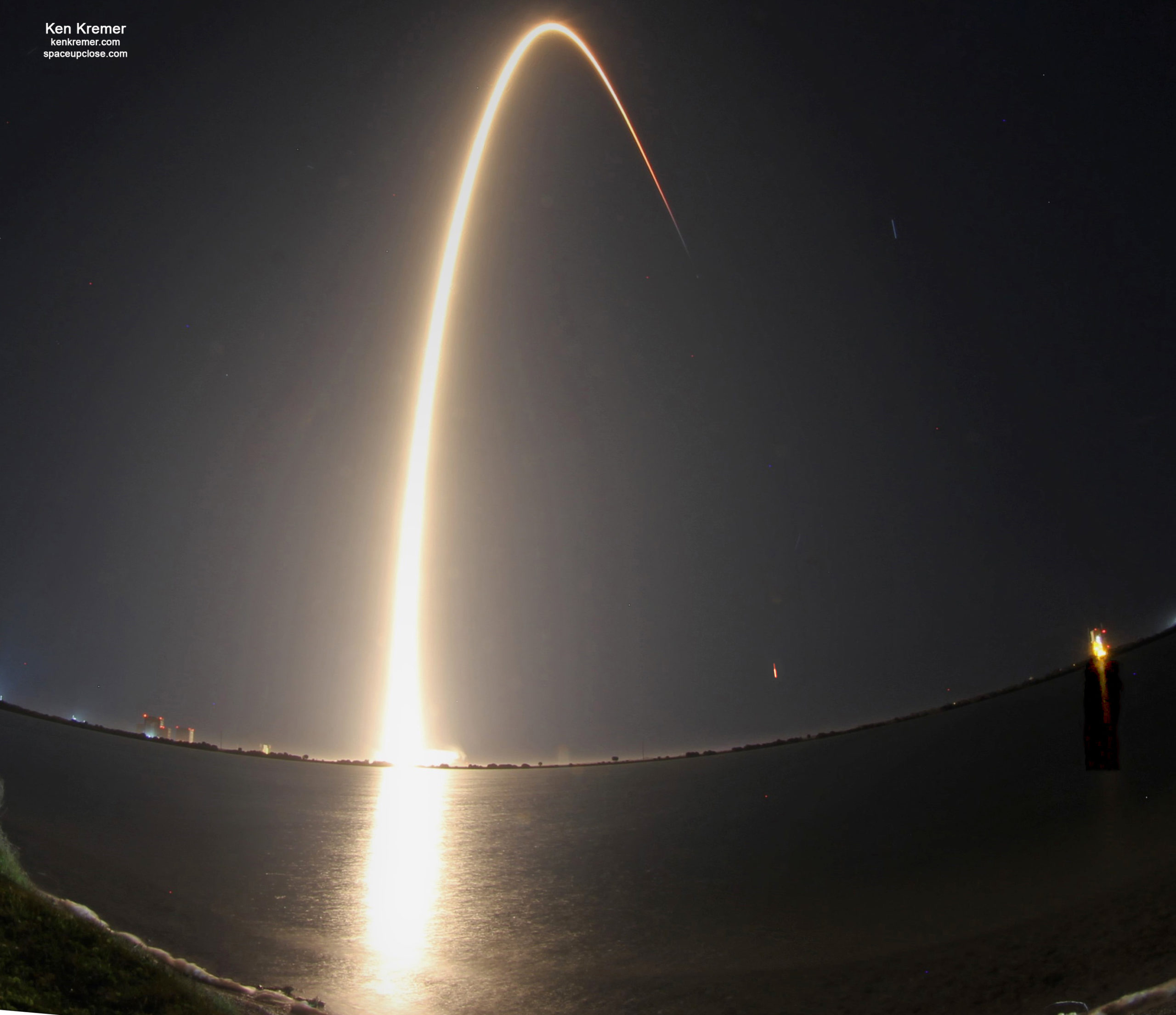
The 229-foot-tall (70-meter) Falcon 9 flew into clear and star filled nighttime skies and successfully delivered the twenty first Starlink internet satellite mission with five dozen Starlinks encapsulated inside the recycled nose cone to low Earth orbit (LEO) from Florida’s Spaceport.
All 9 Merlin 1D first stage engines ignited to generate approx. 1.7 million pounds of liftoff thrust fueled with liquid oxygen and RP-1 propellants that began propellant loading at T Minus 35 minutes.
The two-stage Falcon 9 rocket launched on a northeasterly trajectory from Cape Canaveral targeted to deliver the 60 Starlinks to an initial transfer orbit between 161 miles and 174 miles (260 and 281 kilometers) in altitude.
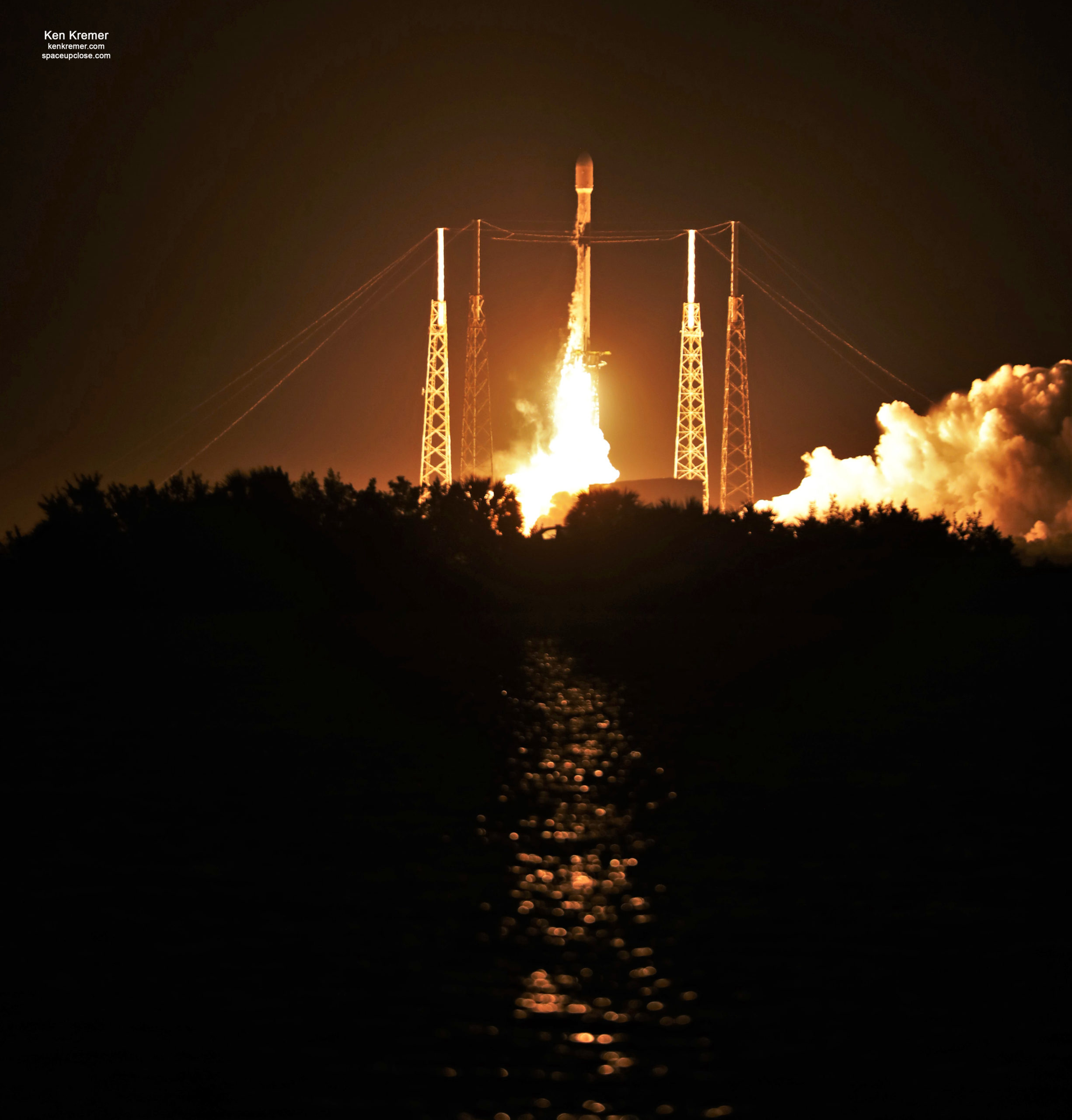
The launch came a day late after SpaceX decided to halt launch preparations originally targeting Tuesday evening, March 9 at 9:58 p,m. ET in order to carry out further “prelaunch checks.”
Now targeting Thursday, March 11 at 3:13 a.m. EST for launch of Starlink – taking some additional time for pre-launch checks
— SpaceX (@SpaceX) March 10, 2021
This 21st Starlink mission is officially designated as V 1 L20.
Enjoy our eyewitness launch and prelaunch static fire test photos at Space UpClose from the team of Ken Kremer and Jean Wright
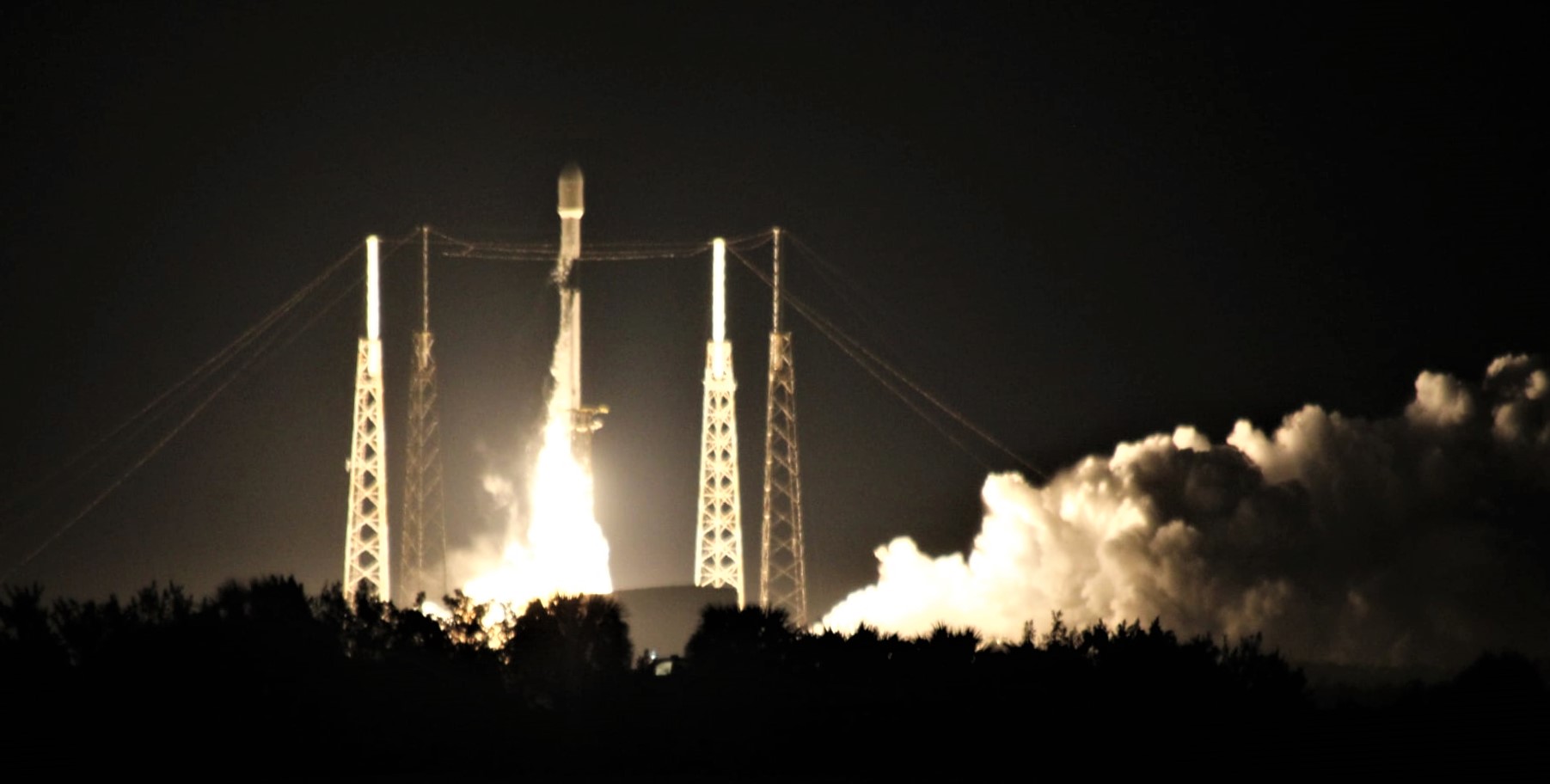
The Starlinks were successfully deployed about 1 hour and five minutes after liftoff as they soared 180 miles (291 kilometers) above Earth just south of New Zealand.
Watch this SpaceX video:
Deployment of 60 Starlink satellites confirmed pic.twitter.com/vltm8NijZC
— SpaceX (@SpaceX) March 11, 2021
Recycling the 1st stage boosters many times has enabled SpaceX to maintain a rapid launch cadence of nearly 3 launches per month last year and even more planned this year.
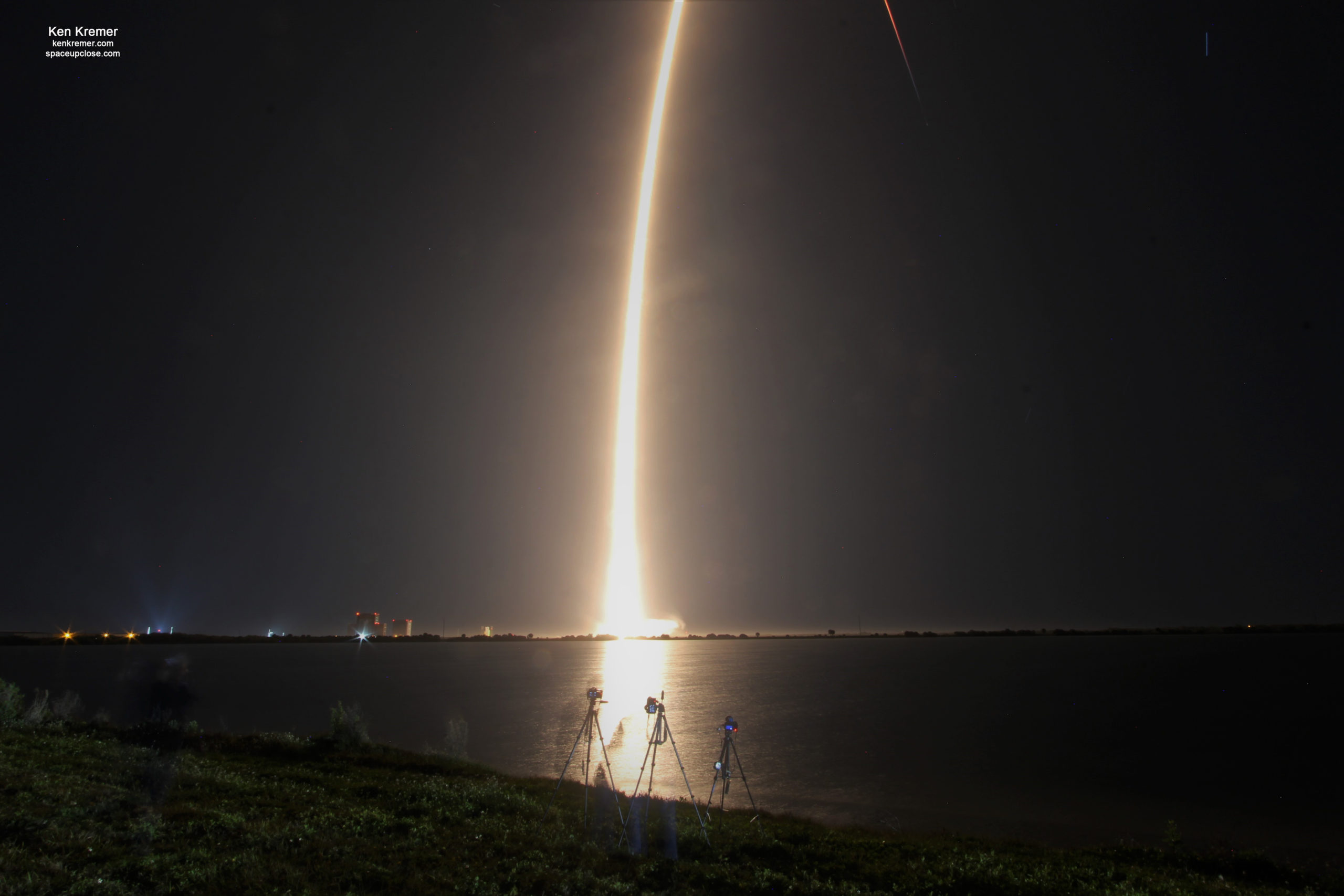
The Falcon 9 first stage rocket booster B1058 supporting this mission previously supported launch of NASA astronauts Bob Behnken and Doug Hurley to the International Space Station on Demo-2 on its inaugural mission in May 2020, as well as ANASIS-II, CRS-21, Transporter-1, and a Starlink mission.
The payload fairings are also recycled.
Two SpaceX ships were deployed to retrieve the fairings again.
One half of Falcon 9’s fairing previously flew on the ANASIS-II and SXM-7 missions, and the other half previously supported launch of Sentinel-6A.
Following stage separation, SpaceX landed Falcon 9’s 15-story-tall first stage on the “Just Read the Instructions” (JRTI) droneship.
Overall this marked the 76th Falcon 9 1st stage landing by sea or land.
Watch this SpaceX video:
Falcon 9’s first stage has landed on the Just Read the Instructions droneship pic.twitter.com/fI2VvU3kWO
— SpaceX (@SpaceX) March 11, 2021
This new Starlink launch comes just one week after the prior launch from pad 39A last week on Thursday, March 4 that disappeared quickly in less than 10 seconds behind thick nighttime clouds – check out our story.
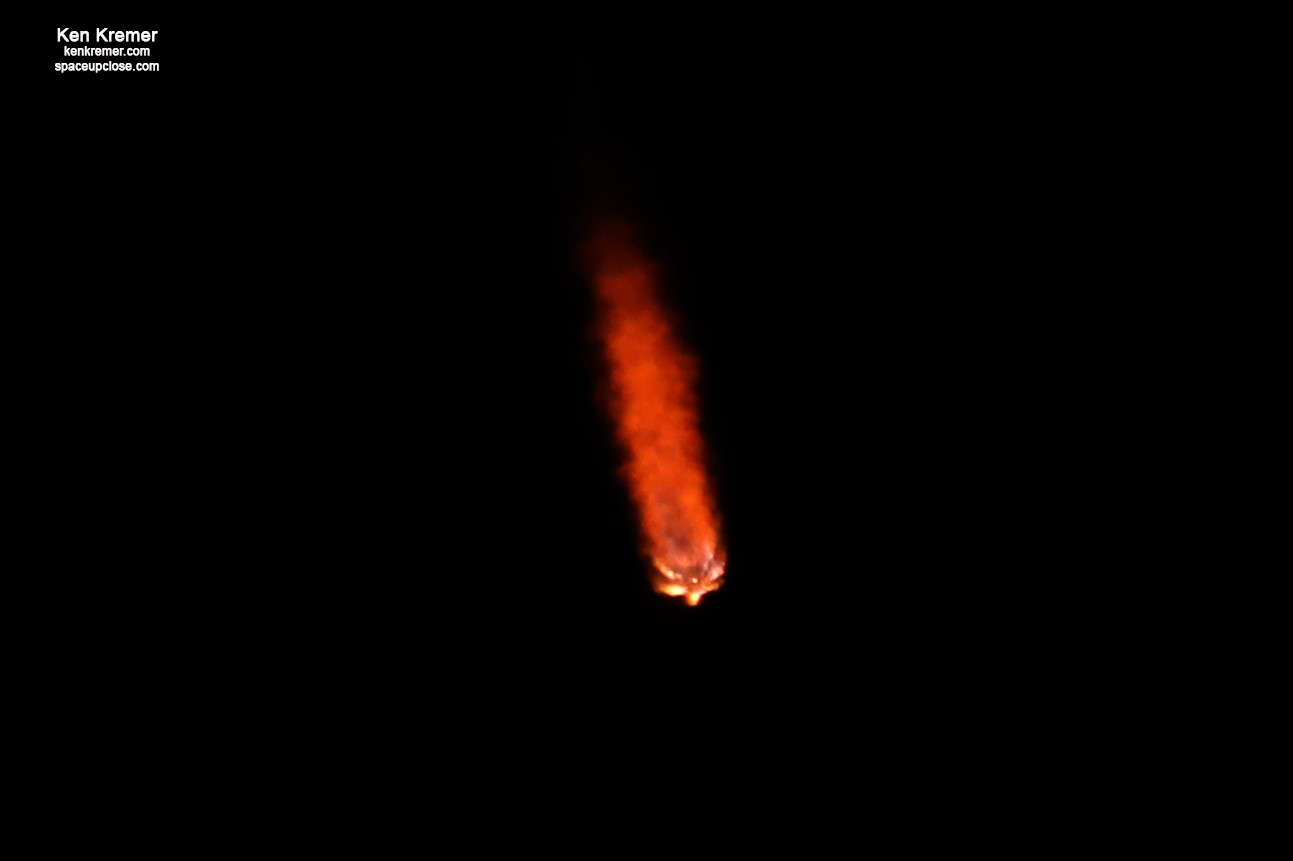
Starlink promises to offer High-speed, low latency broadband internet across the globe starting in rural areas and expanding.
Starlink is now delivering initial beta service both domestically and internationally, and will continue expansion to near global coverage of the populated world in 2021.
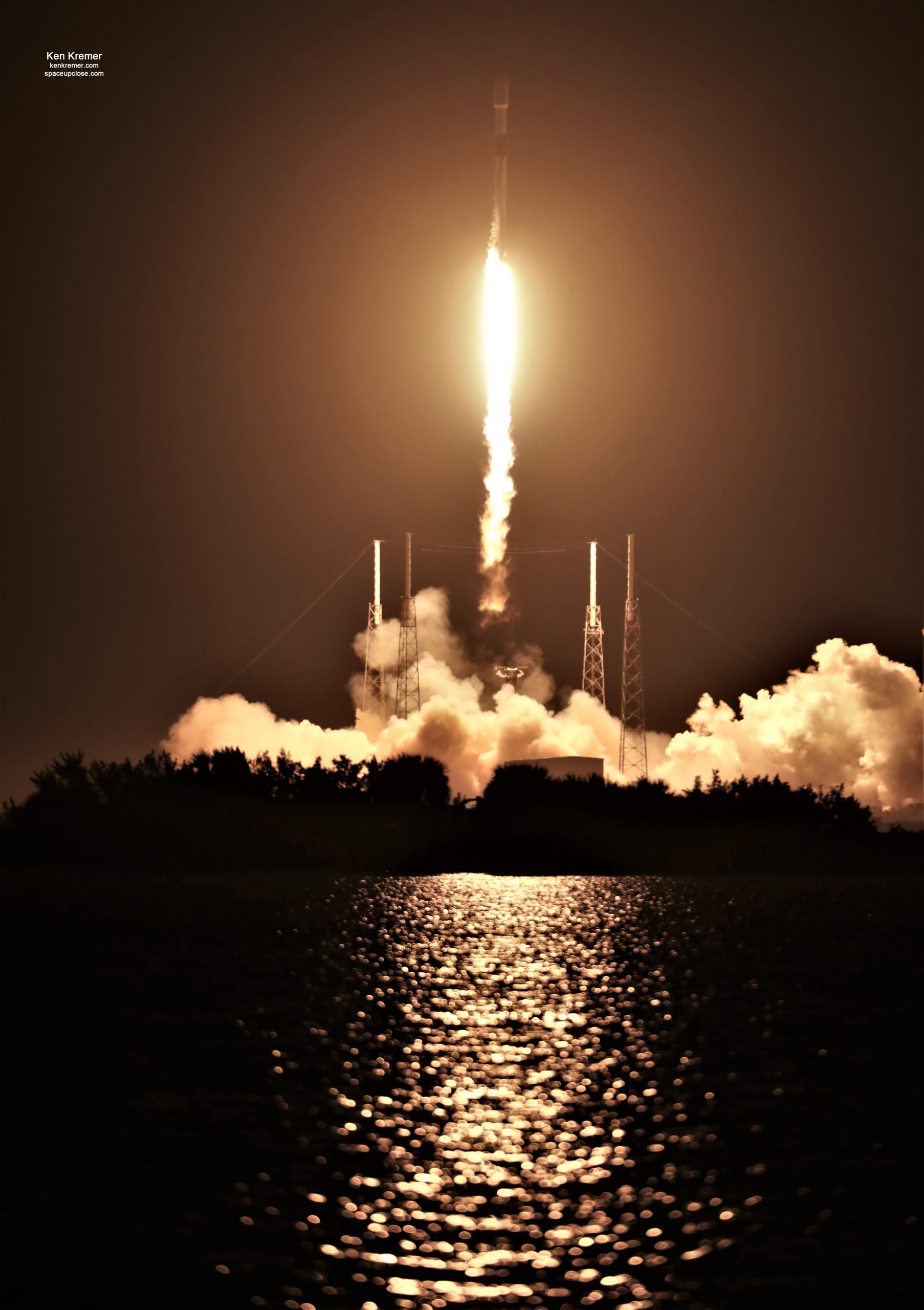
Following this latest 21th batch that brings the total number of Starlink satellites launched to 1,265 internet satellites. That includes earlier prototypes mostly from the first launch as well as the 10 Starlink sats launched to polar orbit on the last Falcon 9 launch on Transporter-1 mission on Jan. 24. Check out our story and photos
The actual number of Starlink satellites is estimated to be at least 60 less due to some earlier versions being intentionally deorbited due to malfunctions or other reasons
Astronomer Jonathan McDowell keeps a running tally of Starlink at this page
https://planet4589.org/space/stats/megacon/starbad.html
The 500 pound flat panel Starlink satellites are manufactured by SpaceX in Redmond, Washington.
The new mission thus fortifies the Starlink constellation of relay satellites that one day upcoming will offer a competitive alternative to existing broadband services across North America – including the US and Canada
And now its expanding!
“This week, the Starlink team is excited to launch service in Germany and New Zealand for the first time, and expand its existing service in the UK.”
Learn more about our international coverage on our webcast, or visit starlink.com to see if Starlink is available in your area.
Initial Starlink service is priced at $99 a month.
The Starlink Starter kit sells for $499 upfront cost to order.
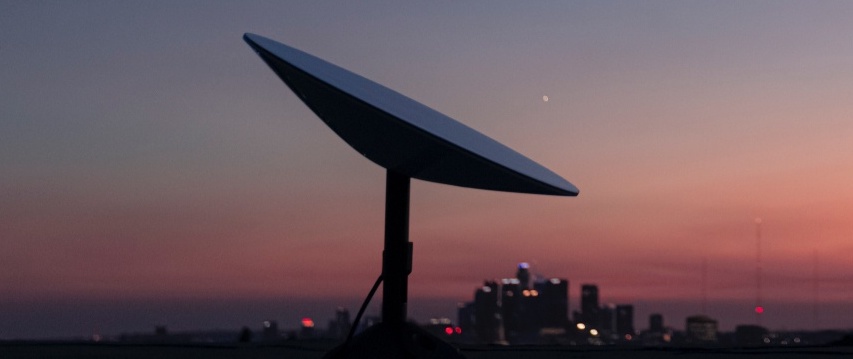
Watch this SpaceX tweeted liftoff video:
Liftoff! pic.twitter.com/Dth6zbYtR4
— SpaceX (@SpaceX) March 11, 2021
The next Starlink launch is lasted for March 14.
The path to launch was cleared following a successful static fire test at 6 p.m. on March 8.
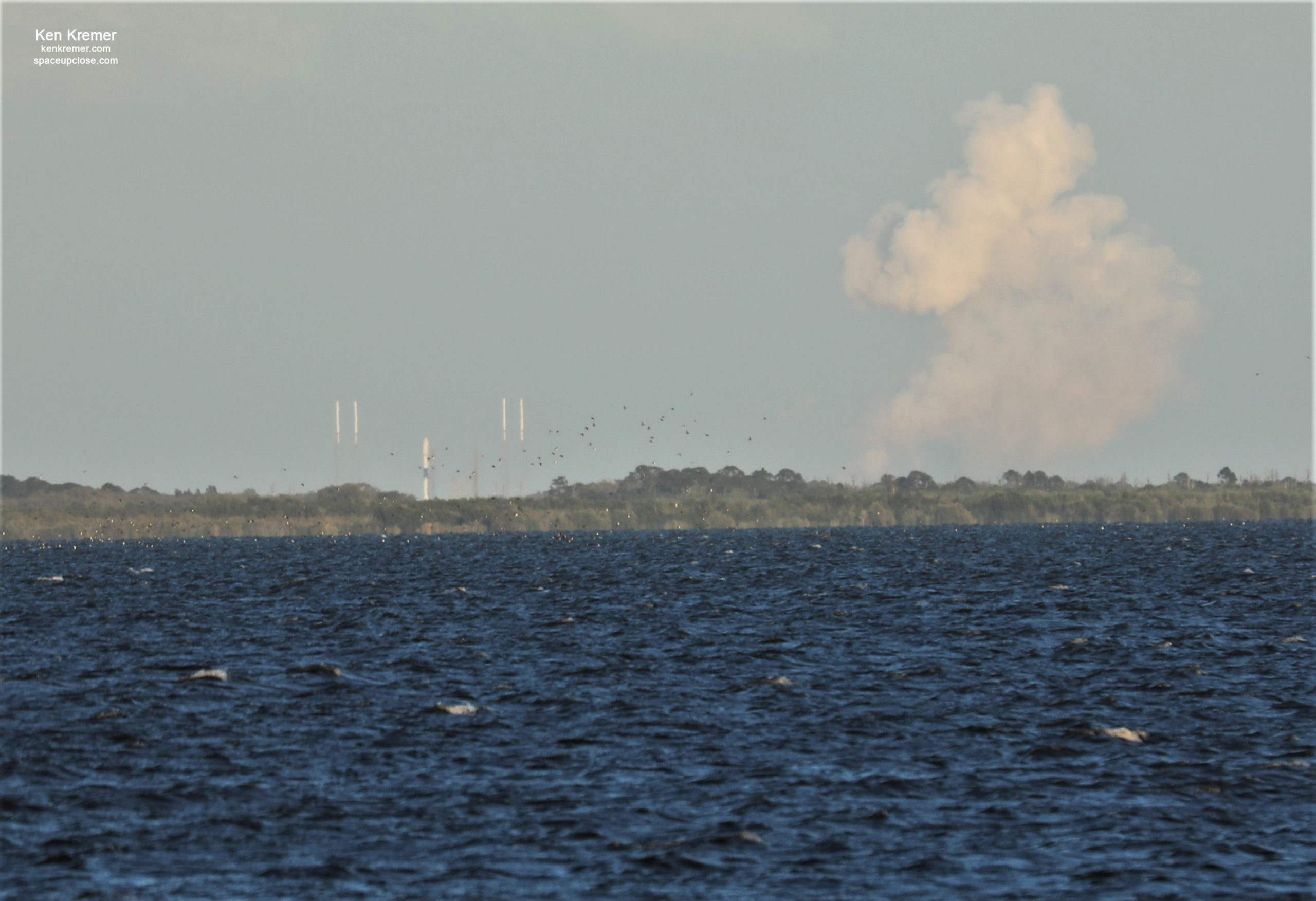
My static fire pics were featured at WKMG CBS 6 TV News Orlando on March 8-10.
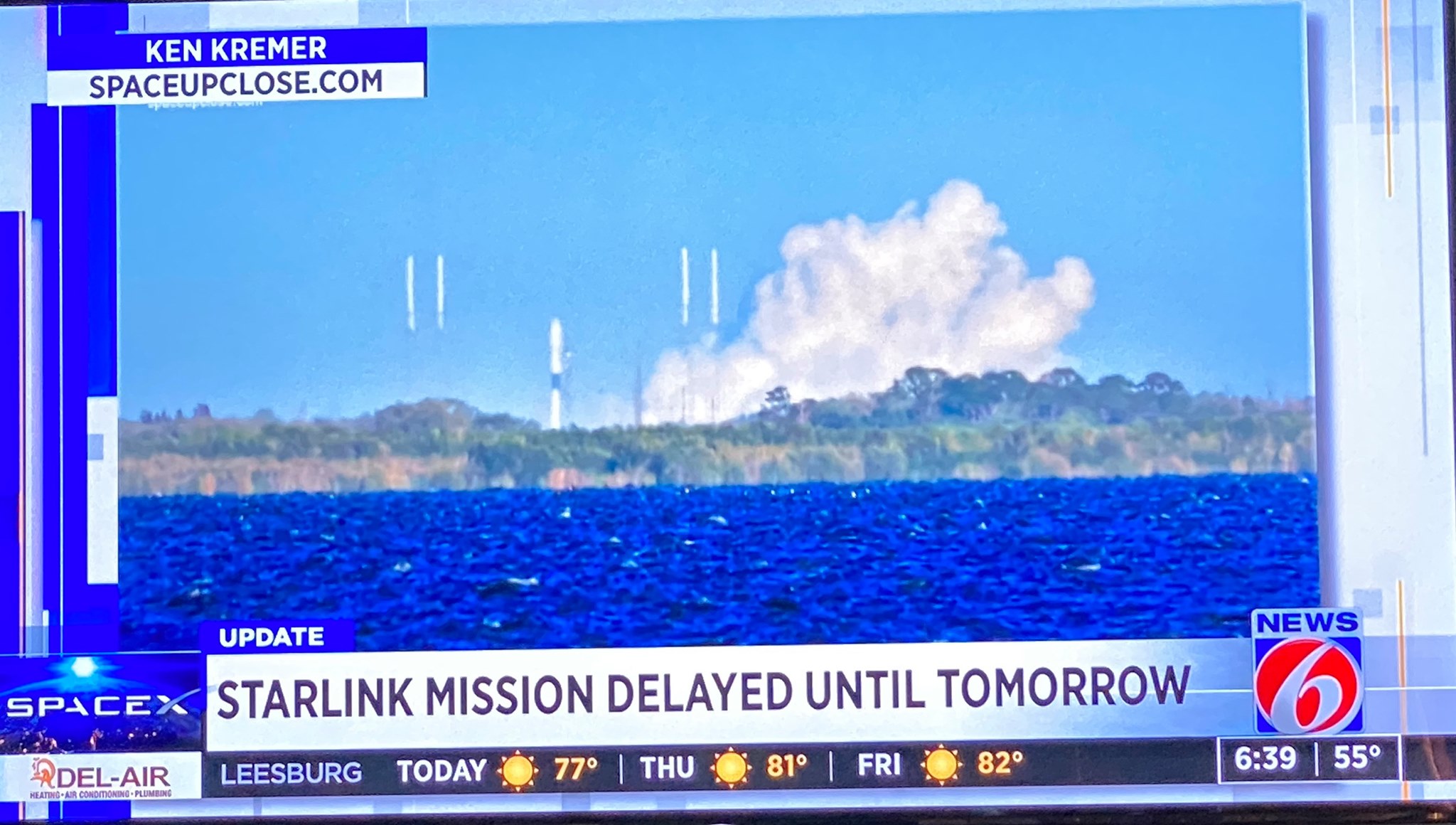
Watch Ken’s continuing reports about Starlink, Mars 2020 Perseverance and Curiosity rovers, Artemis and NASA missions, SpaceX, Commercial Crew Starliner and Crew Dragon and onsite for live reporting of upcoming and recent SpaceX and ULA launches including Crew 1 & 2, Demo-2, ISS, X-37B, Solar Orbiter, NRO spysats and national security missions and more at the Kennedy Space Center and Cape Canaveral Space Force Station.
Stay tuned here for Ken’s continuing Earth and Planetary science and human spaceflight news: www.kenkremer.com –www.spaceupclose.com – twitter @ken_kremer – email: ken at kenkremer.com
Dr. Kremer is a research scientist and journalist based in the KSC area, active in outreach and interviewed regularly on TV and radio about space topics.
………….
Ken’s photos are for sale and he is available for lectures and outreach events
Please consider supporting Ken’s work by donating at Patreon:
https://www.patreon.com/kenkremer
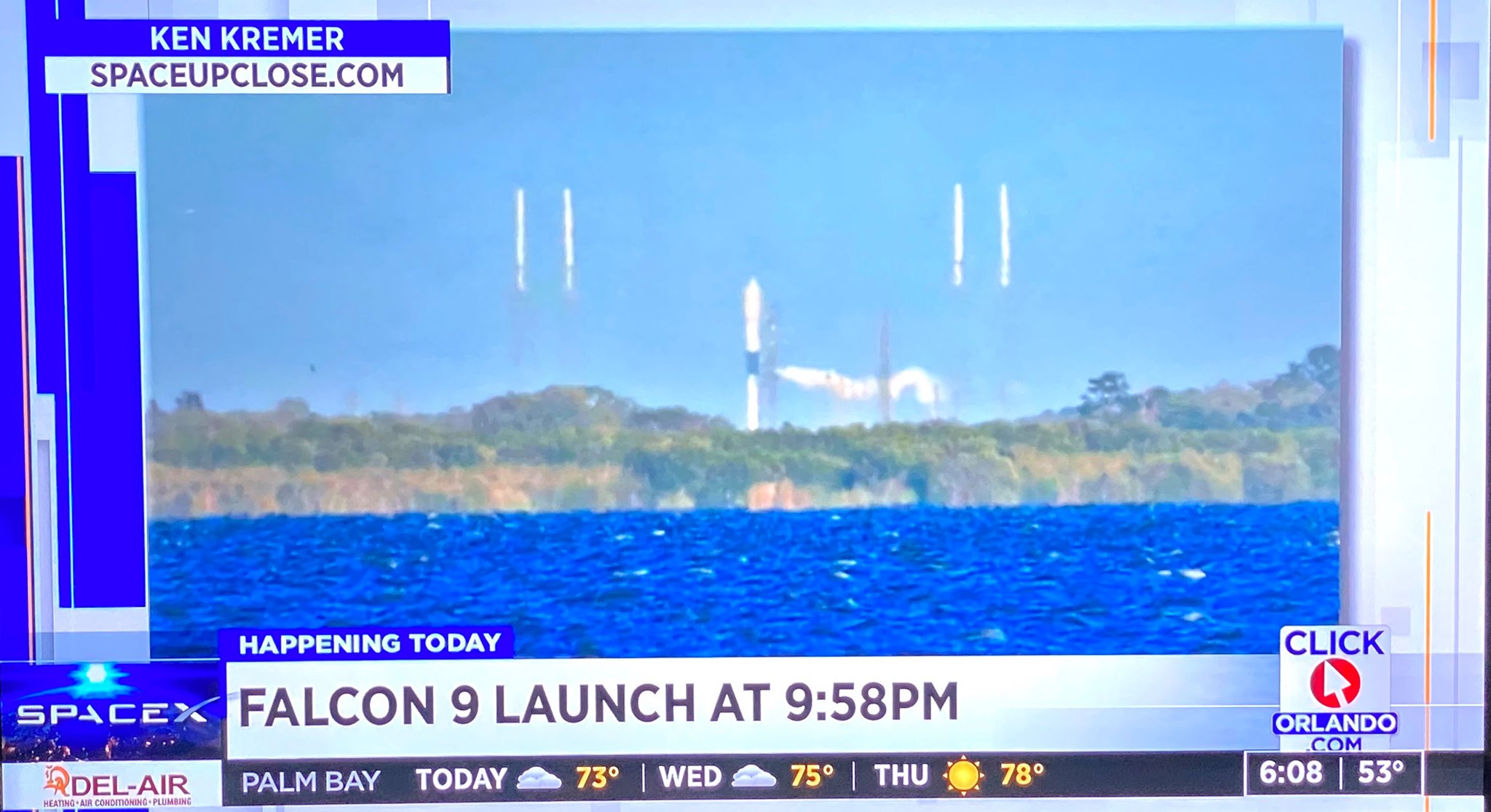
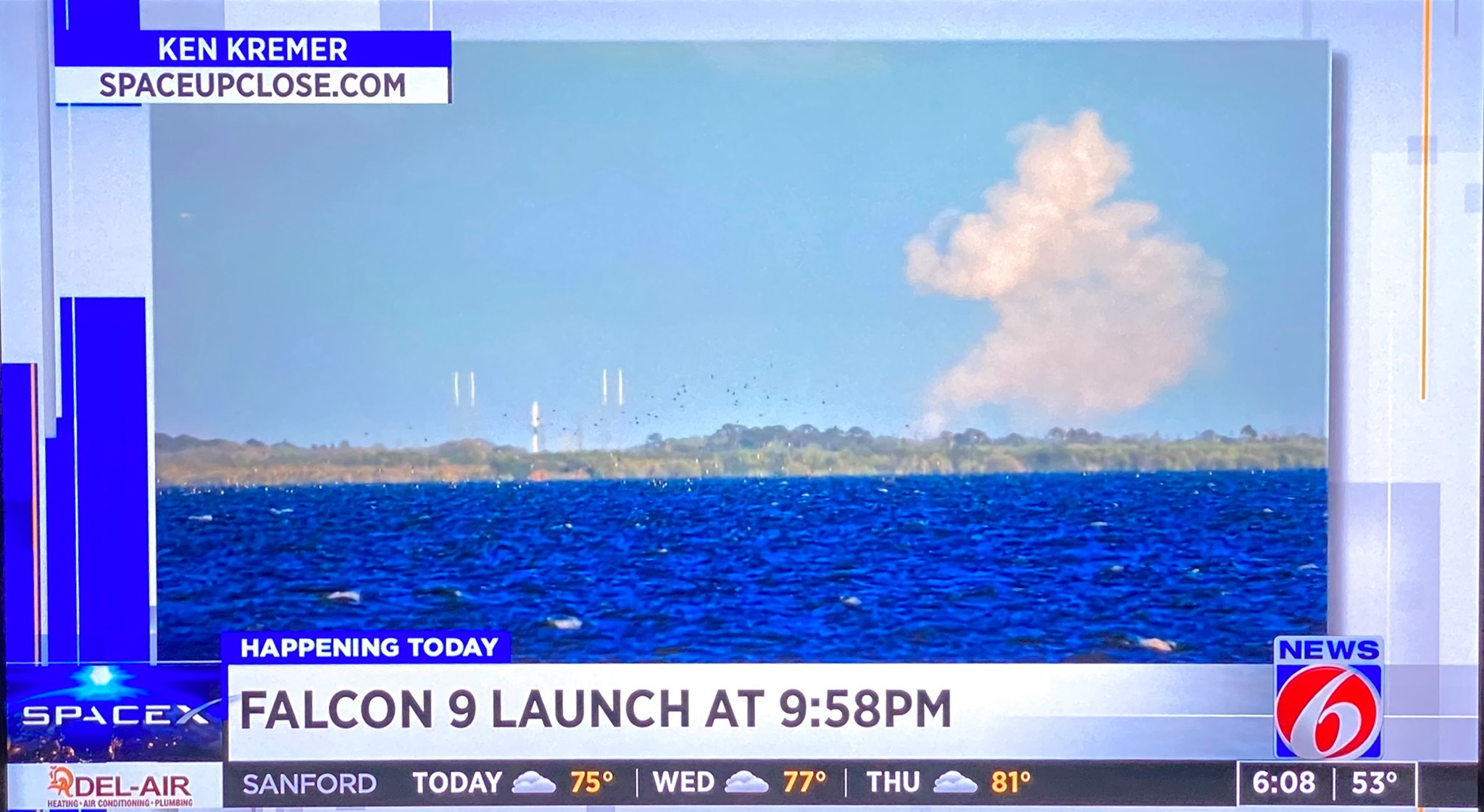
x



